Plants Pollination
Pollinating plants is a crucial process that ensures the production of seeds and fruits in flowering plants.
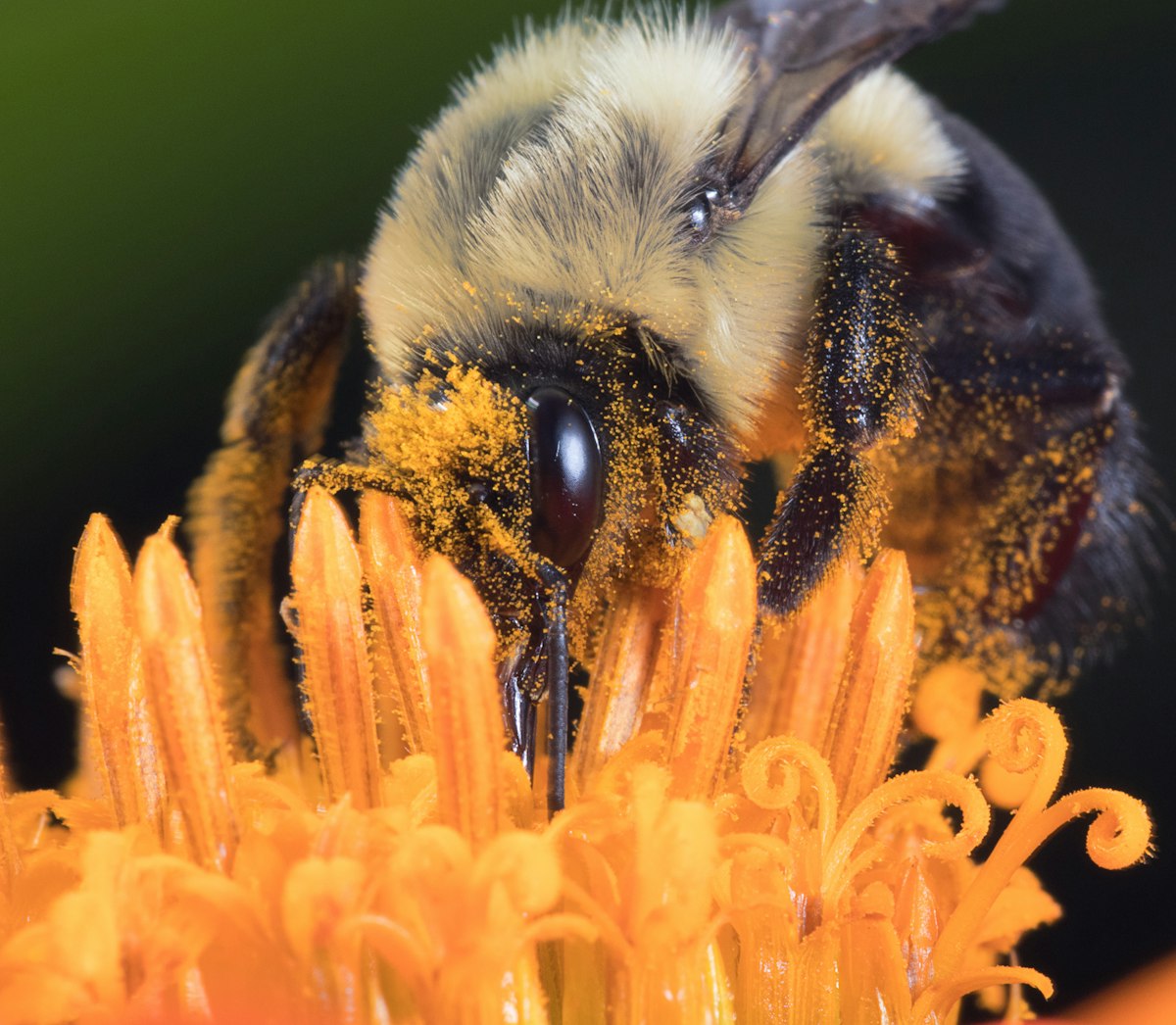
Table of Contents
- Basics of Plant Pollination
- Plant Structure
- Pollination Process
- Types of Pollination
- Bees as Pollinators
- Other Insect Pollinators
- Bird Pollinators
- Hand Pollination Procedure
- Indoor Plants Pollination
- Vegetable Garden Pollination
- Cross-Pollination and Hybridization
- Common Challenges in Pollination
- Improving Pollination Outcomes
- FAQs
Many plants rely on natural pollinators like birds, insects, and wind.
Still, there are instances when hand pollination is necessary, especially for indoor plants or when natural pollinators are lacking in the area.
In this article, we'll discuss different techniques for pollinating plants by hand, helping you enhance your gardening skills and, ultimately, increase your harvest.
Understanding the pollination process and some easy practices can optimize your plants' growth and yield.
Basics of Plant Pollination
Plant Structure
To understand pollination, it's essential to know the basic structure of a plant.
Plants have male and female reproductive parts called the stamen and the pistil, respectively.
The stamen produces pollen, while the stigma, a part of the pistil, receives the pollen during pollination.
Pollination Process
Pollination occurs when pollen from the male flower is transferred to the female flower's stigma, leading to fertilization.
Various agents can facilitate this process, such as wind, water, or animals like bees, butterflies, and beetles.
Environmental factors like weather and pesticides can also influence the success of pollination.
Types of Pollination
There are two primary types of pollination: self-pollination and cross-pollination.
Self-pollination happens when pollen from a plant's stamen reaches its stigma, while cross-pollination occurs when pollen from one plant is transferred to the stigma of another plant.
Cross-pollination typically helps create genetic diversity in plants, making them more resilient.
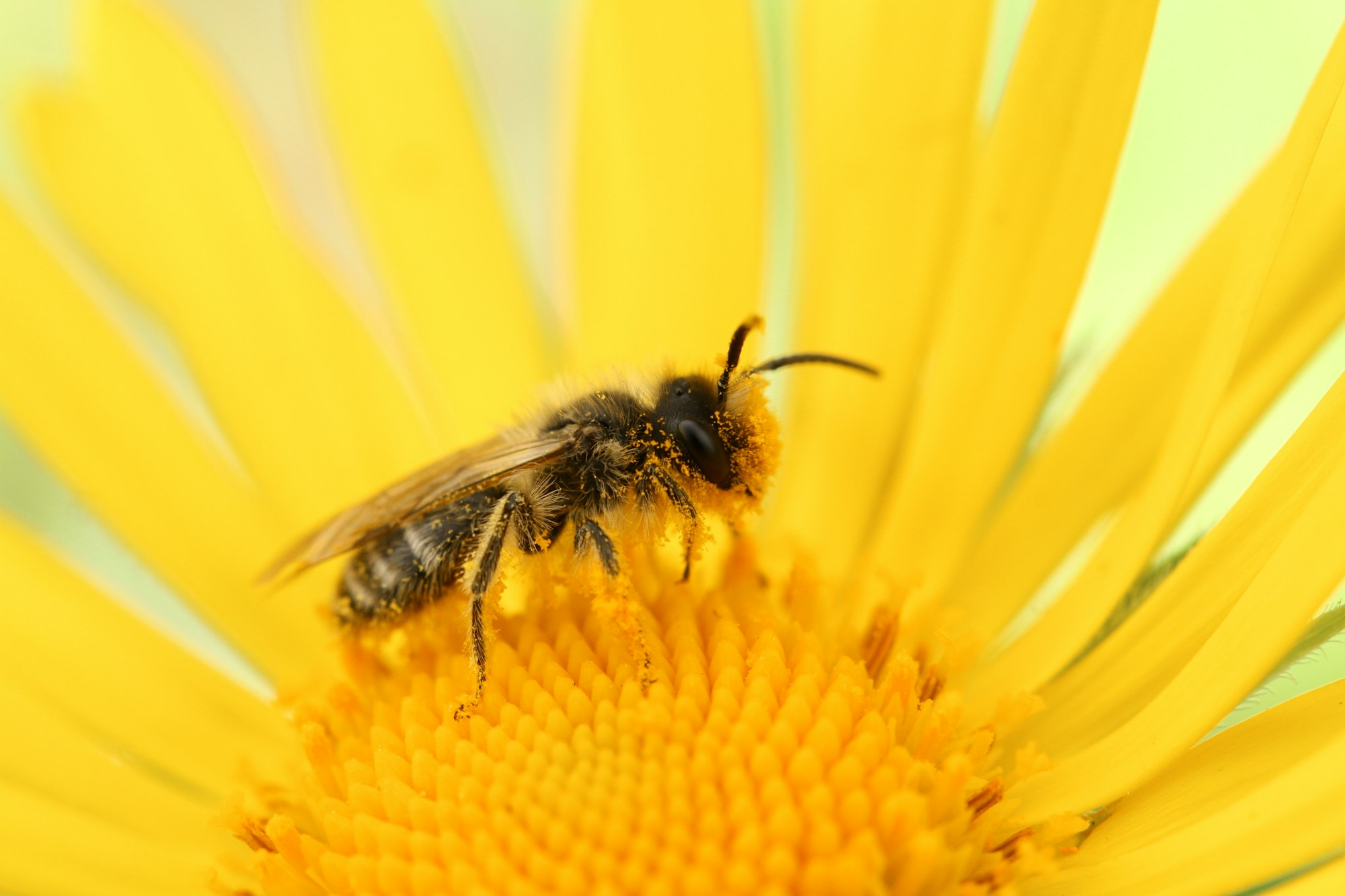
Role of Pollinators
Bees as Pollinators
Bees, including honey bees and bumblebees, are essential pollinators in agriculture and natural ecosystems.
As they collect nectar and pollen to feed themselves and their young, pollen from one flower sticks to their bodies, transferring to the next flower they visit, enabling pollination and plant reproduction.
Other Insect Pollinators
In addition to bees, many other insects, such as butterflies, moths, and flies, contribute to the pollination process.
As these insects search for food and reproduce, they actively transfer pollen between flowers, supporting plant diversity and agricultural production.
Bird Pollinators
Birds, particularly hummingbirds, also play a role in pollination.
As they sip nectar from flowers, they pick up pollen on their beaks and feathers and carry it to other blossoms, promoting fertilization and fruit production.
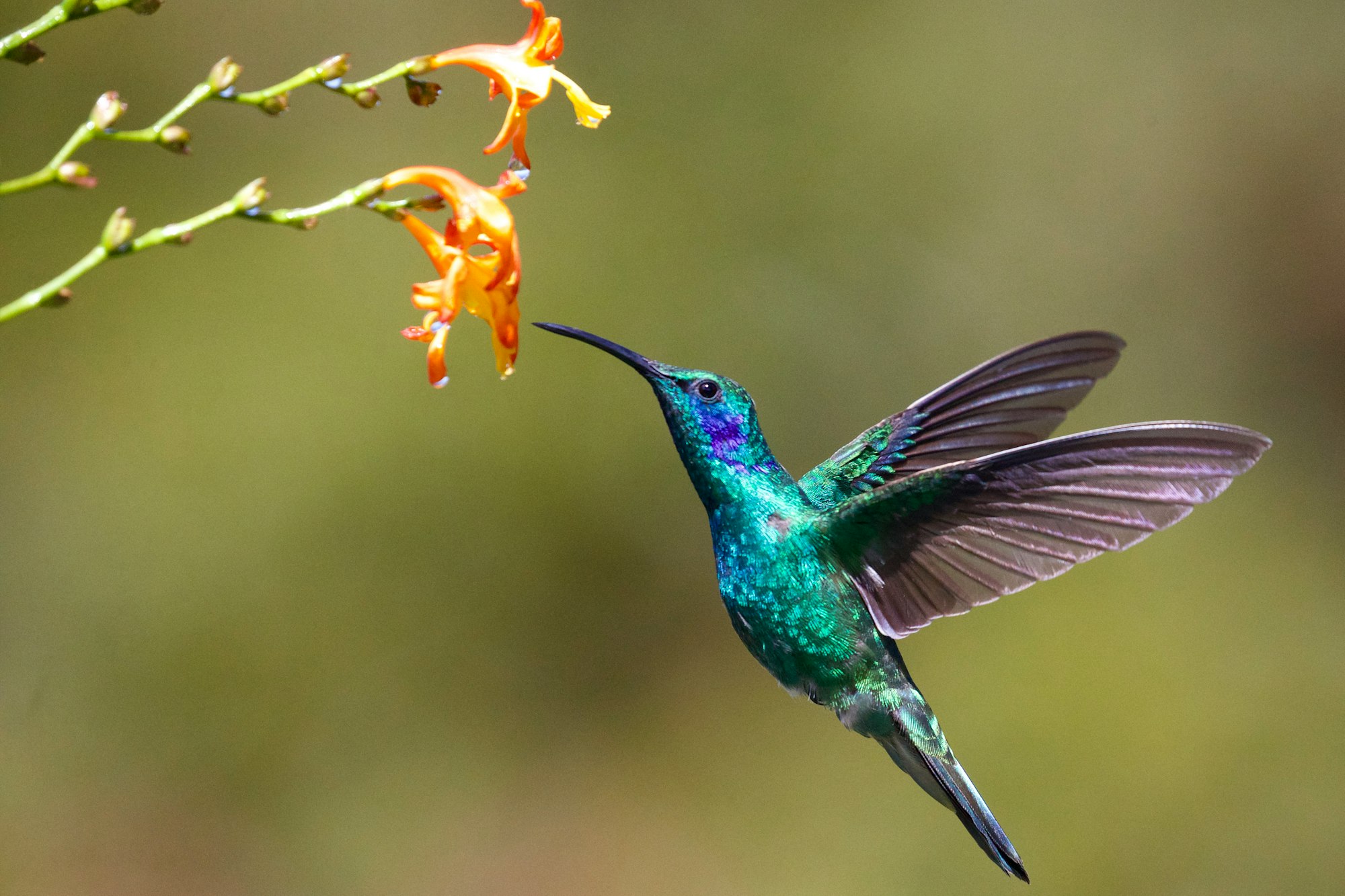
Encouraging bird-friendly habitats in your garden can contribute to a healthy pollination ecosystem.
Manual Pollination
Hand Pollination Procedure
Manual pollination is a helpful technique to increase crop yield, especially when the pollinator population, such as bees, is insufficient.
You can easily hand-pollinate various plants, such as squash, pumpkins, melons, and cucumbers, to improve their chances of successful fertilization.
Begin by identifying the male and female flowers on your plants.
To hand-pollinate, gently shake the plant or blow on the top of the flowers to encourage pollen release.
Alternatively, you can use a small paintbrush, cotton swab, or a soft toothbrush to transfer pollen from the male flower to the female flower's pistil.
Make sure to be gentle and precise to avoid damaging the delicate flowers.
When performing manual pollination, focus on self-fertile plants that benefit most from this process.
Using hand-pollination techniques, you can improve crop yields and support the growth of your plants even when natural pollinators are scarce or absent.
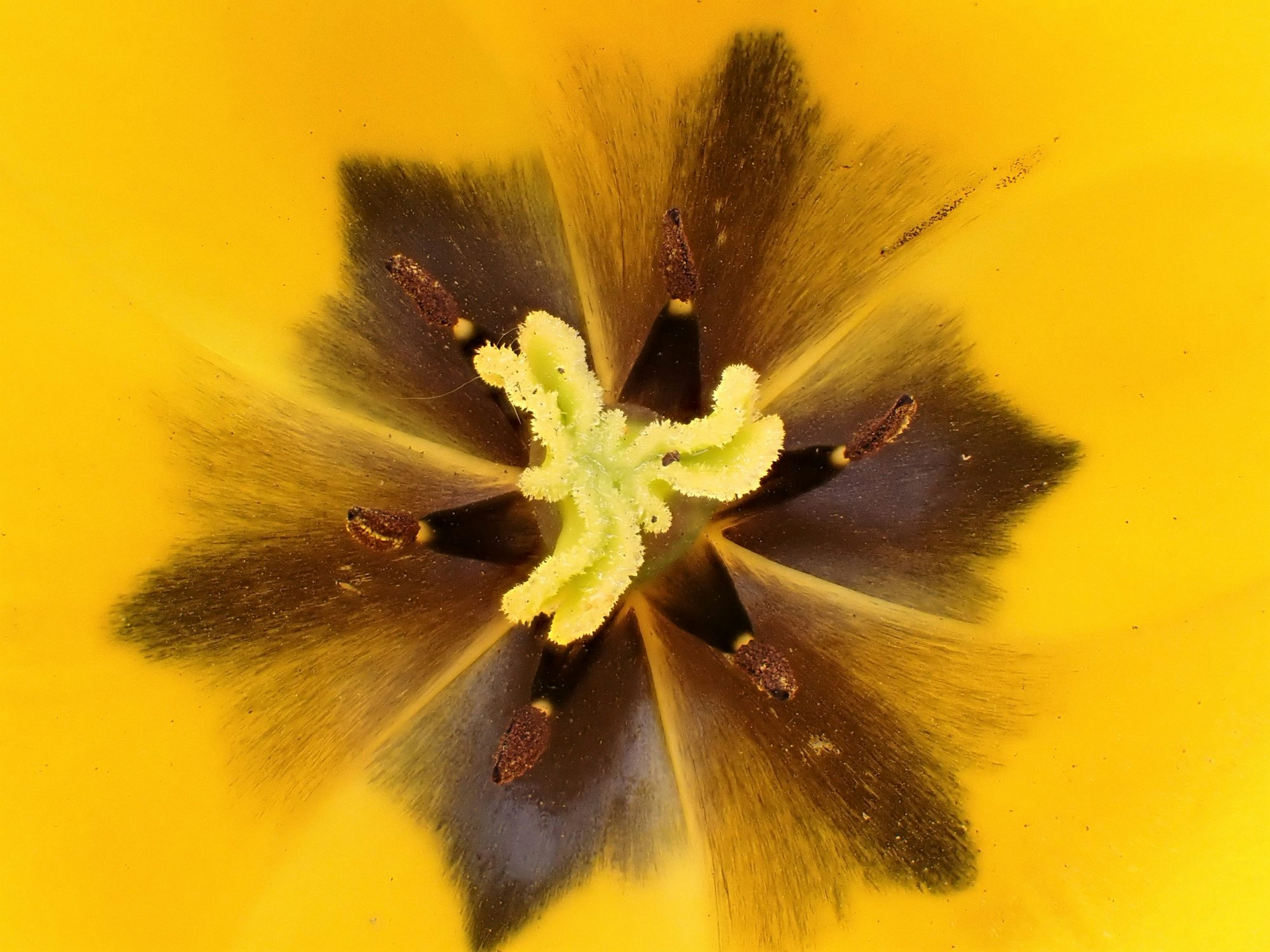
Indoor Plant Pollination
Pollination of Indoor Flowering Plants
Growing indoor plants can be rewarding, especially when their flowers bloom.
However, indoor flowering plants may need assistance for pollination, as there aren't always natural pollinators like bees and wind to help them reproduce.
You can use a fine, soft paintbrush or even a clean eyeliner brush to pollinate your indoor plants.
Gently dab the pollen from the stamen of one flower to the stigma of another, ensuring pollen transfer between flowers.
Pollination in the Vegetable Garden
Bean Pollination
Beans are self-pollinating plants that do not require assistance from insects.
However, give them a gentle shake to release pollen or gently run your hand over the plants to encourage the process.

Eggplant Pollination
Eggplants require insect pollination, primarily from bees.
Plant a variety of flowers near your eggplants to attract insects like bees, butterflies, and flies, increasing the chances of successful pollination.

Tomato Pollination
Tomatoes are also self-pollinating but may benefit from some assistance.
To enhance pollination, gently tap or shake the stems when flowers are open, or use an electric toothbrush to vibrate the stems.
This will release pollen and help increase fruit production.

Cucumber Pollination
Cucumbers chiefly rely on bees for pollination.
Encourage bees and other pollinators to visit your garden by planting diverse flowers.
Increasing humidity in your greenhouse or misting your crops regularly can also help attract these vital insects.

Pepper Pollination
Pepper plants, like tomatoes and beans, are self-pollinating but can also benefit from insect pollination.
Planting flowers that attract pollinators and giving the plants a light shake can improve pollination for a more abundant harvest.

Cross-Pollination and Hybridization
Cross-Pollination Basics
Cross-pollination occurs when pollen from one flower reaches the pistils of another flower.
This process allows the plants to exchange genetic material, creating hybrids when their seeds are saved and regrown.
You must select vegetables from the same botanical species to cross-pollinate plants successfully.
When cross-pollination occurs between distinct varieties of the same species, the resulting offspring produce hybrid fruits with unique characteristics.
To apply cross-pollination in your garden, select compatible plants and carefully transfer pollen between their flowers to encourage the development of novel hybrids.
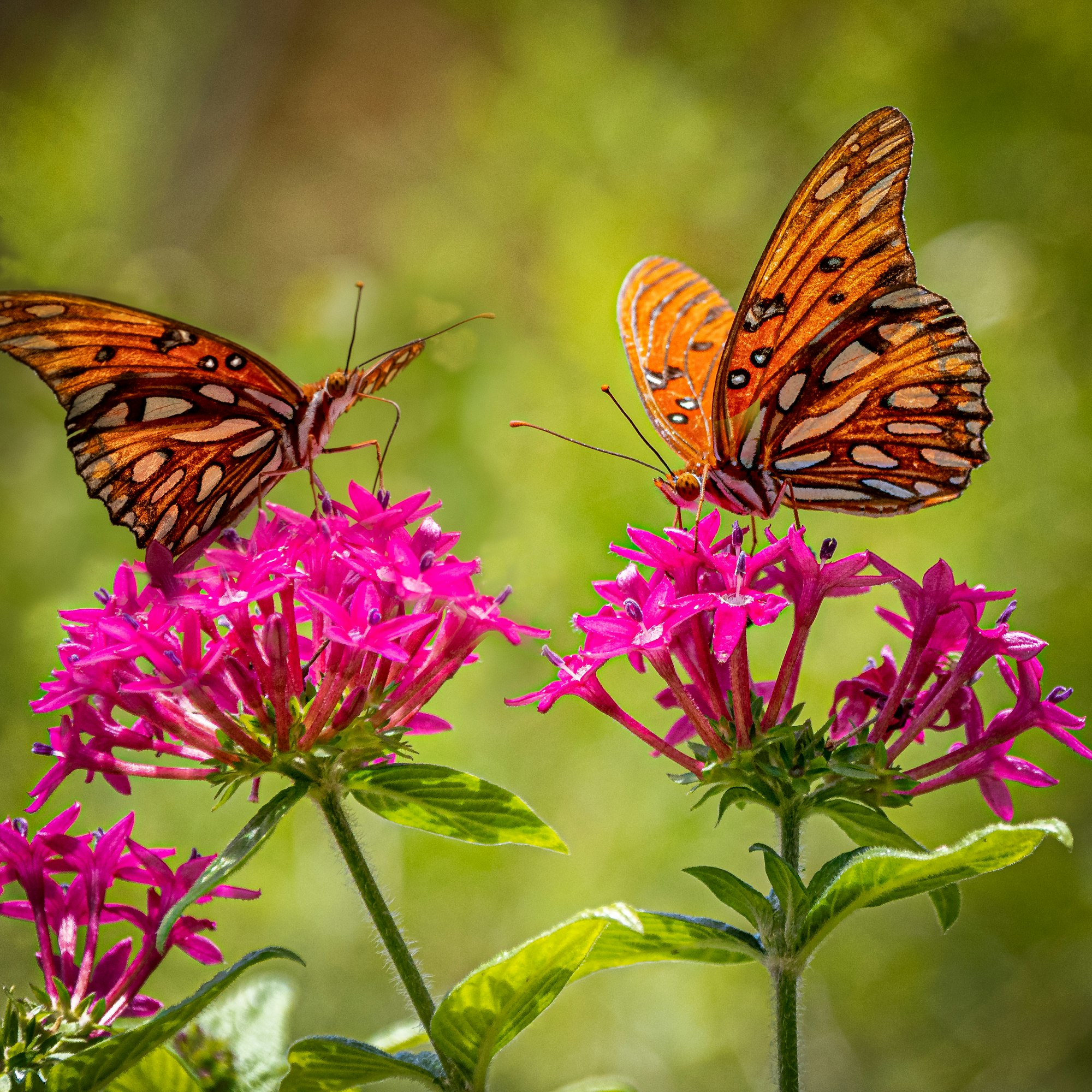
Common Challenges in Pollination
When growing winter squash or fruit trees, you may encounter various challenges hindering pollination.
One common issue is diseases, which can weaken plants and affect their ability to attract pollinators.
Additionally, using row covers to protect your plants from pests might inadvertently keep pollinators away, making it harder for them to get pollinated.
The weather can significantly impact pollination, as unfavorable conditions such as extreme temperatures, heavy rainfall, or strong winds may deter pollinators from visiting your plants.
Pollinator populations can face threats from pesticides and parasites, resulting in declining numbers and reducing the chances of pollination.
If you're growing plants like corn with tassels and silks, it's crucial to maintain a healthy crop to prevent damage and ensure pollination occurs, thus leading to higher yields.
Improving Pollination Outcomes
To achieve successful pollination in your gardens, it's crucial to attract a variety of pollinators, such as bees, butterflies, and other nectar-seeking animals.
Plant flowers with colors these pollinators prefer, like blue, purple, yellow, and white, to entice them to your garden and boost pollination.

Another simple yet effective technique is hand pollination.
Gently dab a cotton swab on a flower's male part (anthers), then transfer the collected pollen onto the female part (stigma) of another flower, ensuring fertilization.
This method ensures adequate pollination, especially when there's a shortage of natural pollinators or when using row covers for plant protection.
Frequently Asked Questions
How do I hand-pollinate vegetables like cucumbers and tomatoes?
To hand pollinate cucumbers, gently rub a male flower against the female flower's stigma.
For tomatoes, tap the main stem near a flower cluster or gently shake the flowers themselves to dislodge pollen onto the stigma.
What tools are commonly used for hand pollination?
The most common tools for hand pollination include clean brushes or cotton swabs.
You can use these to transfer pollen from the male parts of the plant (anther) to the female parts (stigma).
What are the disadvantages of hand pollination?
Hand pollination can be time-consuming, especially for larger gardens.
Additionally, manual transfer of pollen may cause some damage to delicate flowers, and incorrect techniques could result in lower yields compared to natural pollination.
What is the process for hand-pollinating strawberries and squash?
For strawberries, locate the male and female flower parts and use a brush or cotton swab to transfer pollen between them.
For squash, carefully remove the male flower and brush the pollen onto the female flower's stigma, or use a cotton swab to collect and transfer the pollen.
What are alternative ways for plants to pollinate besides hand pollination?
Wind, insects, and animals are alternative ways for plants to pollinate.
Wind can carry pollen from one flower to another, while insects and other animals transport pollen as they move between flowers to collect nectar or feed on different parts of the plant.
Is it possible to pollinate a plant using its own flowers?
Yes, some plants can be pollinated using their own flowers. This process is called self-pollination.
However, not all plants can self-pollinate; some may require cross-pollination from another plant of the same species to produce fruits and seeds.



